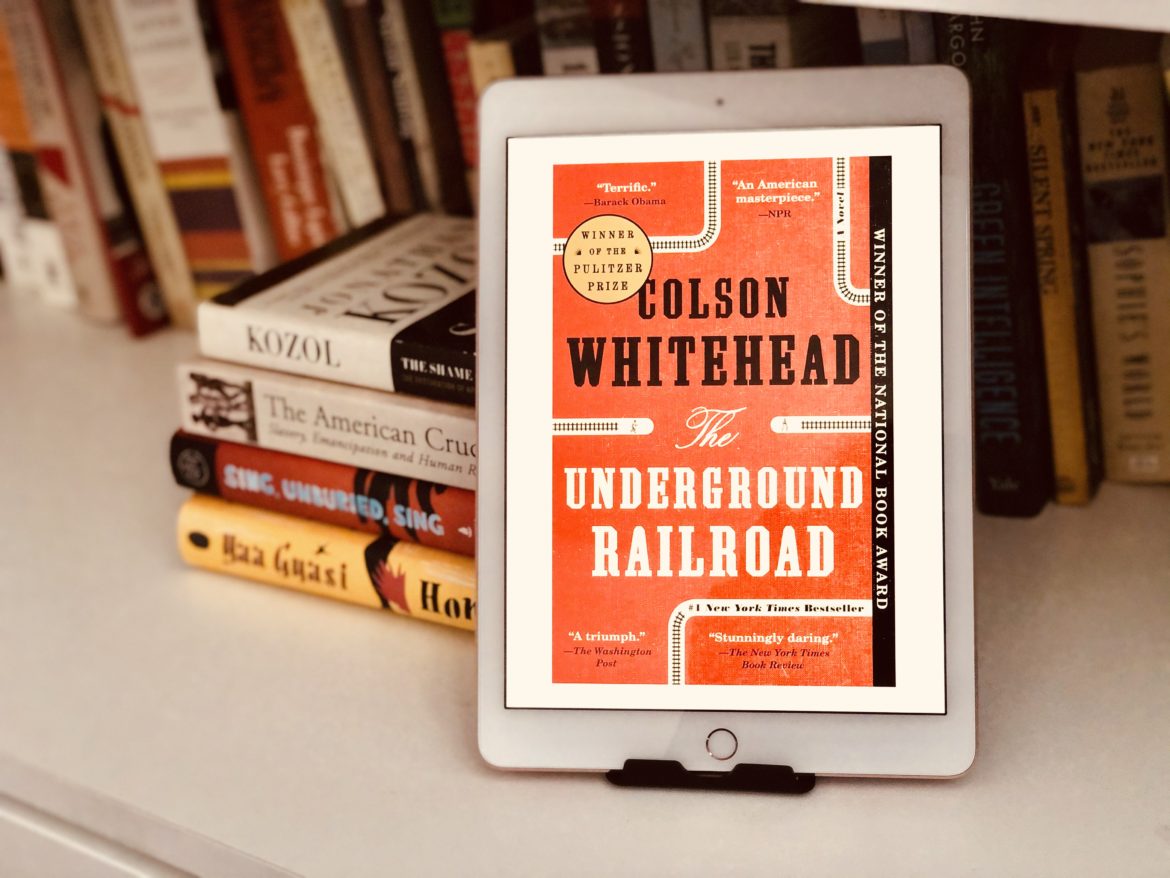The Underground Railroad is not the kind of book you want to read when you are sheltering-at-home, avoiding the rest of the human race and a pandemic. But then again, is there ever a right time to read about the horrors of slavery? As a 21st century immigrant American, I feel somewhat of a personal responsibility to understand the history of the nation I have adopted, no matter how dark or uncomfortable it is. Now is as good time as any.
Colson Whitehead’s historical fiction novel begins in the 19th century at a slave plantation in Georgia, where Cora is in the middle of defending a little plot of land she has inherited from her grandmother. This is the only thing she calls her own, even though she has no autonomy.
In the first pages, readers get a sense of slave life on a cotton plantation — the back-bending labor, the creative punishments, the nightmares. Some stories are familiar to other documented stories of the time, but still horrifying.

Photo Credit: Unsplash.com
Europe was famished for cotton and needed to be fed, bale by bale. — Whitehead
Cora is a slave on a plantation owned by two brothers. Terrance Randall is the stereotypical, sociopathic, abusive slave master, whereas John Randall is the phlegmatic, less offensive brother. Whitehead is careful to call out that John’s mildness in manner or temperament is no protection to his slaves against cruelty. At the end of the days, the slaves are his property, and he treats them as such or worse.
Then it comes, always — the overseer’s cry, the call to work, the shadow of the master, the remainder that she is only a human being for a tiny moment across the eternity of her servitude. — Whitehead
Through a third-party narrative structure, most often led by Cara, Whitehead offers readers a view into the microcosm of the slave settlement on a plantation. He describes the housing, the gender dynamics, the politics, and the sense of fear.
Cora’s journey to freedom begins when a fellow slave, Caesar, proposes a half-hatched plan of escape after an evening of egregious cruelty by their masters. He has been approached by operatives of the Underground Railroad and sees a way out of Georgia. Thus begins their journey to the north.
The escape is far from smooth, but miraculously they make it to South Carolina. This is the first of many stops Cora will make as she runs from her past. In South Carolina, readers learn the meaning of ‘freedom’ that former slaves enjoy in a the more liberal state. Cora finds a new identity and occupation, but the freedom well-meaning folks offer comes with strings attached. Emancipation is conditional.
With the shadow of slave hunters hovering over her, Cora must move on and on. As she stumbles her way from South Carolina to Indiana, her journey is peppered with fresh horrors. Through her experiences, readers get a glimpse of the various stations built under the houses of the operatives, the hand-off of the runaways, the wall of secrecy that surrounds the railroad and the price these operatives have to pay when caught.
In reality, the Underground Railroad was a network of escape routes and safe houses, not an actual railway network. Whitehead has intentionally played with this concept to highlight the impossibility of these escape plans.
Running away was a transgression so large that the punishment enveloped every generous soul on her brief tour of freedom. — Whitehead
Cora’s freedom is precarious and often short-lived. As the novel closes, readers remain unsure of whether or not she will ultimately find the promise of liberty.
In North Carolina, Cora comes upon the Freedom Trail, an ironically named highway, lined with dead runaway slaves hanging from trees as far as eyes can see. This trail is a fictional creation by Whitehead, but it is symbolic of the unaccounted, faceless black women, men, and children who lost their lives in the couple hundred years that slavery was the blight of the nation. No such trail existed, but the dead bodies are real.
The Underground Railroad is inspired from the actual network that helped slaves escape to the west, or to the north to Canada. However, this is not a novel about optimism or hope. It is a dark, disturbing story that focuses on the impact of indenture on the individual mind. More than anything it is a reminder that the stamp of slavery is long and permanent and cannot be easily erased from the memory a person or a nation.
For more book reviews, click here.



2 comments
Definitely sounds like a really intense read. Needed, but intense! Thanks for sharing your thoughts.
Lauren
http://www.shootingstarsmag.net
Glad you liked the review. Yes, its intense!